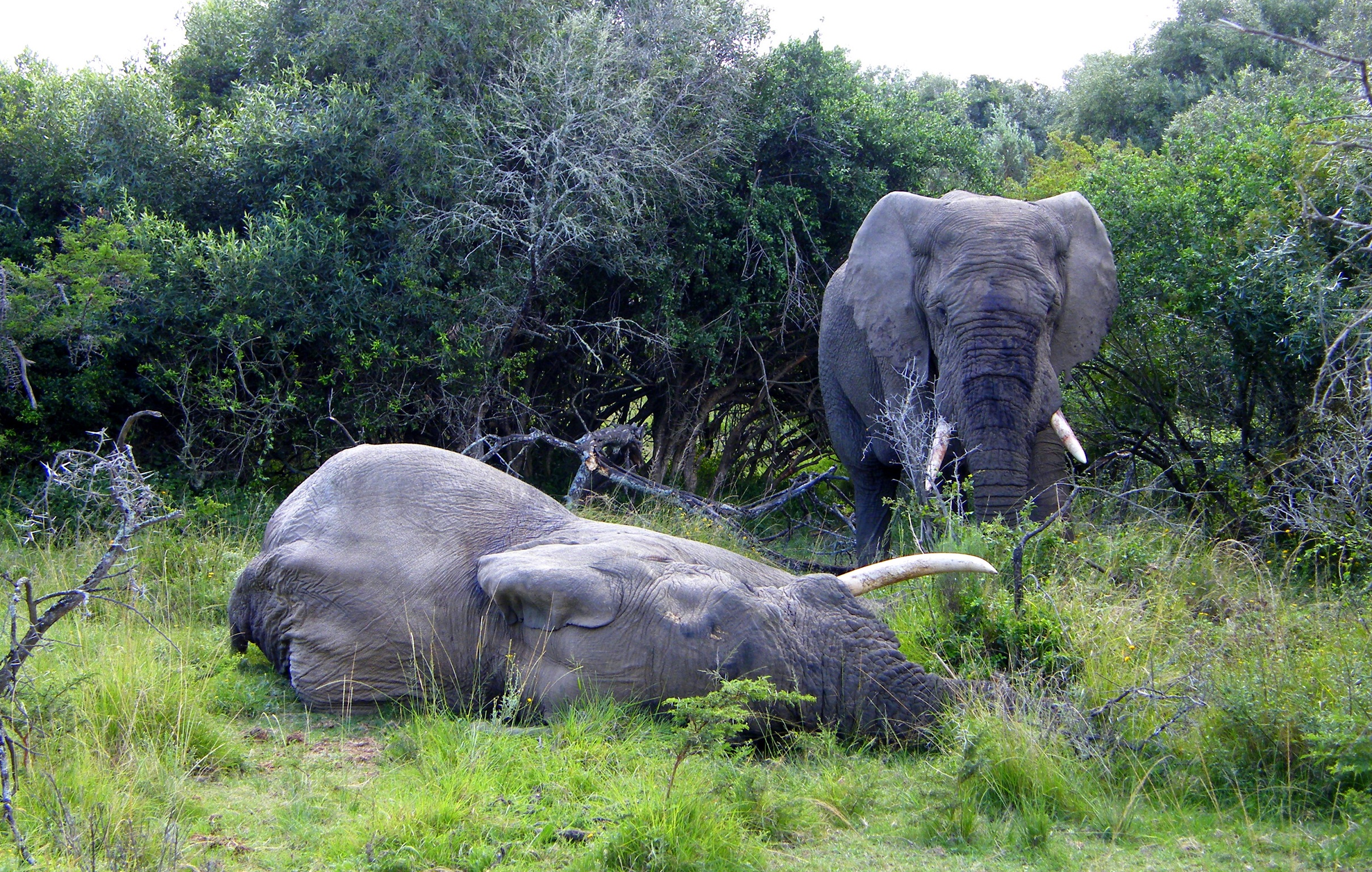It is common knowledge that, throughout history, there have been some harrowing and tragic accounts of nonsensical hunting of endangered animal species, some even to extinction. It is, with this in mind, a breath of fresh air when we hear a rare success story that derives from an initial tragedy.
The History
Historical accounts from the early european settlers in Southern Africa’s Eastern Cape,
depicted the area as one of the richest wildlife areas in the whole of Africa. Their accounts tell of vast, grazing herds of Elephant and Buffalo dominating the plains and large cats such as Lion leopard and cheetah roaming free.
Due to the conflict and dangers imposed to the farming and agriculture of the early settlers these amazing animals were hunted and eradicated from the area. By 1856 the last wild lion was killed and by 1919 the last of the mighty Cape Buffalo was also shot, the once vast herds completely destroyed. It was at this time that a legendary hunter, Major Pretorius, was invited by the Administrator of the Cape to hunt down and eradicate the remaining elephant herds that still remained. By 1931 the hunting had been so severe that only 11 elephant remained in the Addo area, around 60km from the Indian Ocean. The original section of Addo Elephant National park was founded in this year in order to provide sanction for these last remaining 11 elephant and protect them from hunting, the original park was partly due to the wildlife conservation efforts of Sydney Skaife a South African entomologist and naturalist.
The Success
The original wildlife conservation area of Addo was just over 5,000 acres in size, and with no adequate fence line around the park the conflicts between elephant and farmers continued up until 1954. It was the park manager at this time, Graham Armstrong, who introduced a revolutionary elephant proof fence, made of tram rails, which successfully contained the 22 resident elephants at the park.
The reserve today covers a vast 444,700 acres of wildlife conservation area. The ecosystem has been finely tuned and is now sanctuary to number of wildlife species including lion, leopard, buffalo, rhino and many more. The elephant population now stands at over 550, which is an amazing achievement in wildlife conservation and is one of the rare success stories that rose from early devastation.
Future plans for the park include proclamation of a 296,500 acre coastal marine wildlife conservation area.introduced a revolutionary elephant proof fence, made of tram rails, which successfully contained the 22 resident elephants at the park.
The reserve today covers a vast 444,700 acres of wildlife conservation area. The ecosystem has been finely tuned and is now sanctuary to number of wildlife species including lion, leopard, buffalo, rhino and many more. The elephant population now stands at over 550, which is an amazing achievement in wildlife conservation and is one of the rare success story that rose from the early devastation.
Future plans for the park include proclamation of a 296,500 acre coastal marine wildlife conservation area.
Many privately owned game reserves have continued the early wildlife conservation efforts of Addo including Pumba Game Reserve, Amakhala Game Reserve and Kariega Game Reserve.

